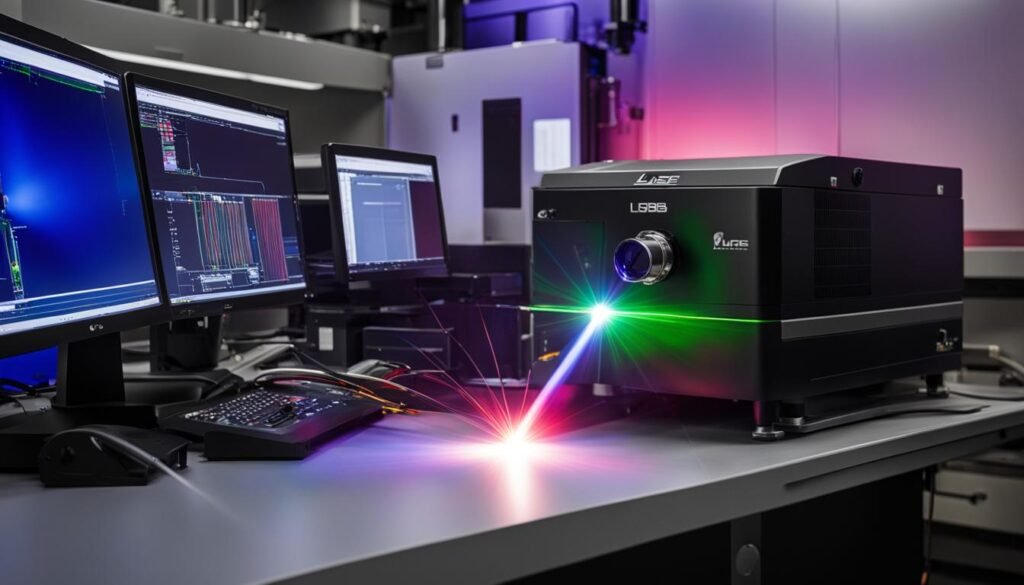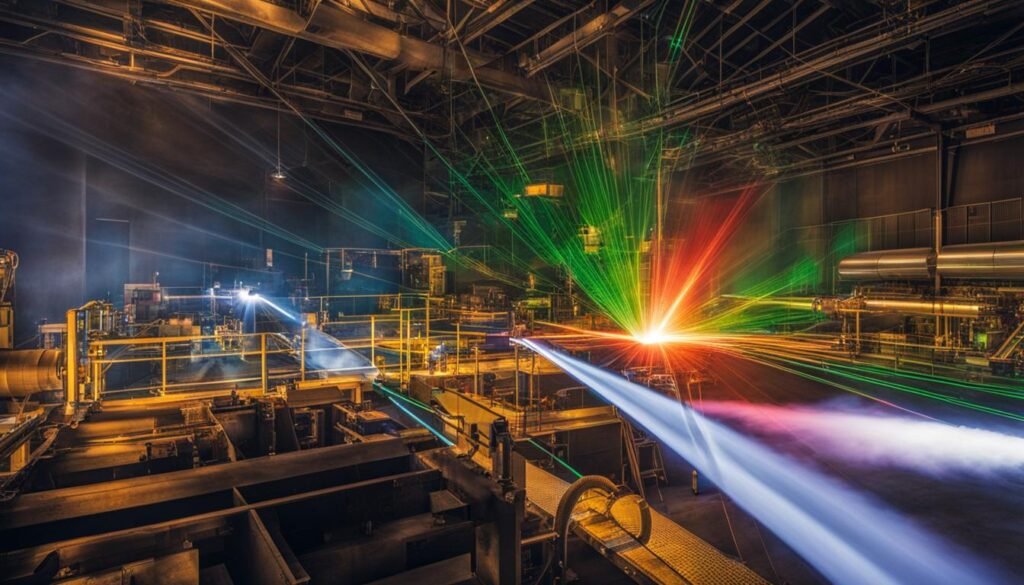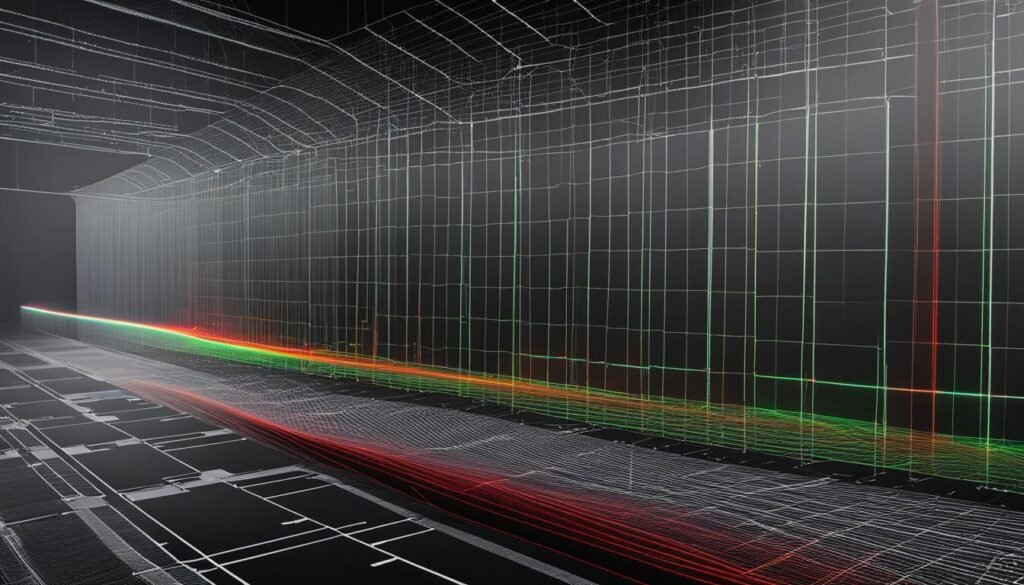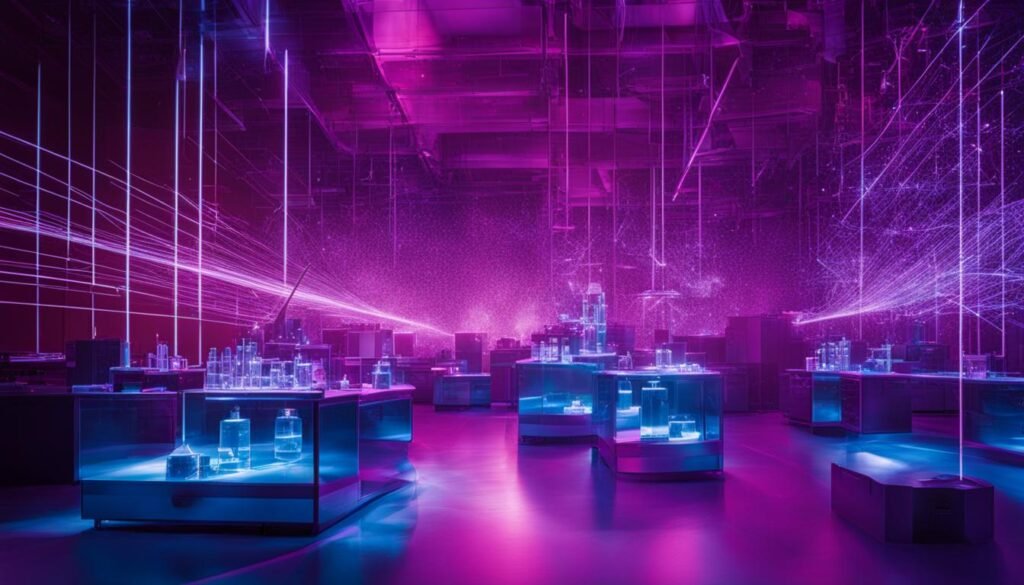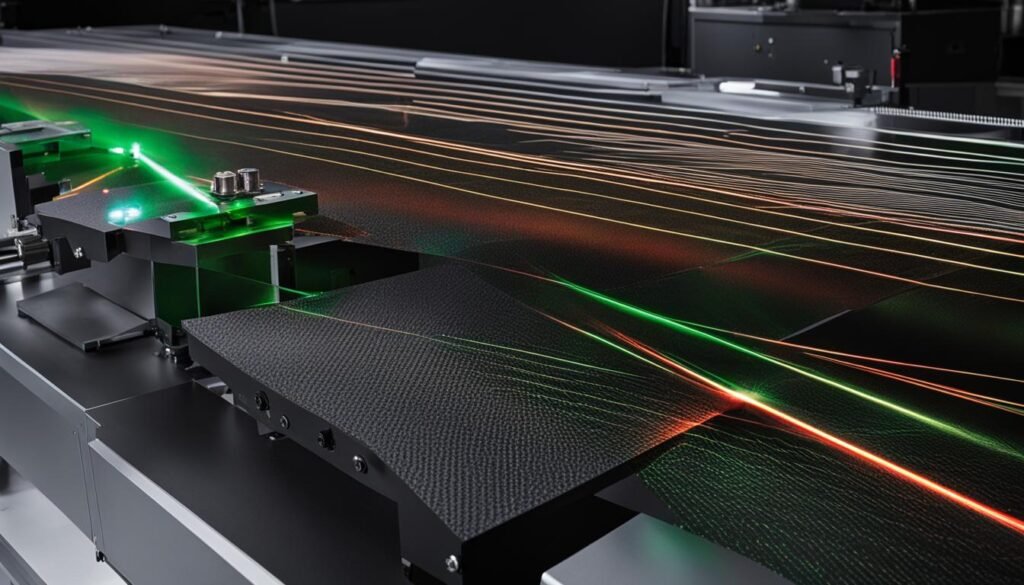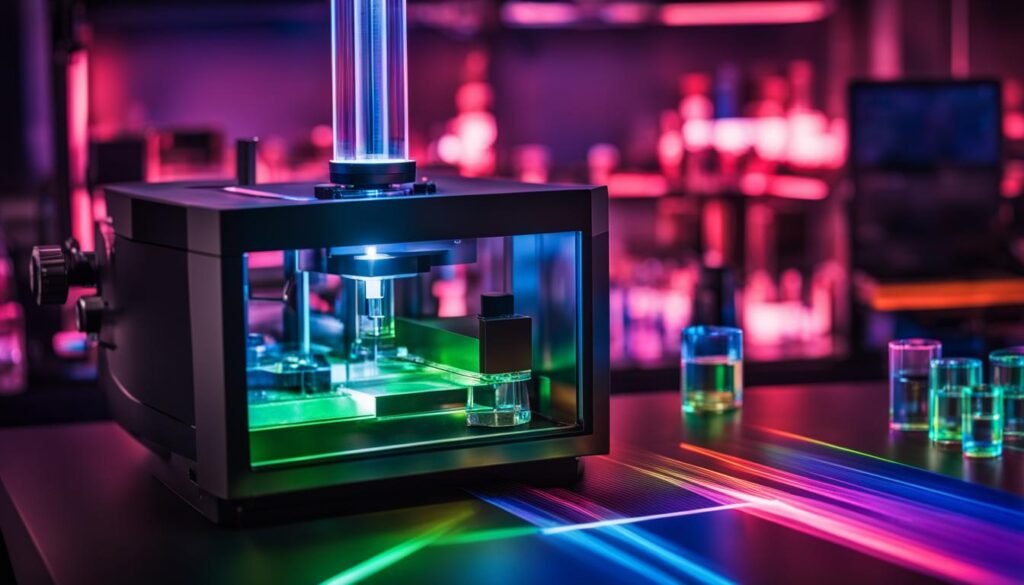Understanding Laser-induced Breakdown Spectroscopy (LIBS)
Laser-induced Breakdown Spectroscopy (LIBS) is a rapid chemical analysis technology that utilizes a short laser pulse to create a micro-plasma on the surface of a sample. This technique offers numerous advantages, including sample preparation-free measurement, fast measurement time, broad elemental coverage, versatile sampling protocols, and the ability to perform thin-sample analysis without substrate interference. LIBS […]
Understanding Laser-induced Breakdown Spectroscopy (LIBS) Read More »

